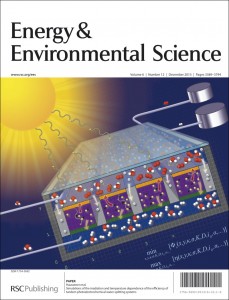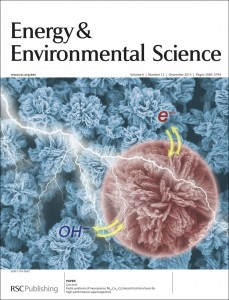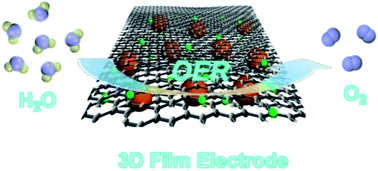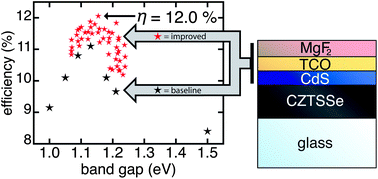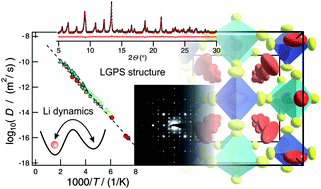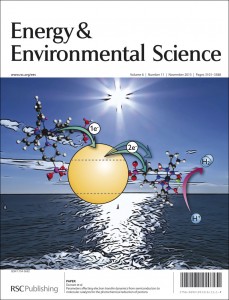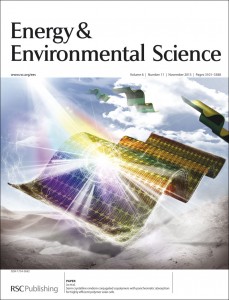After years of using platinum, scientists suggest they could one day use extracts from marine plants to replace it in solar cells.
Dye-sensitized solar cells (DSCs) are quickly becoming a widespread and affordable alternative to photovoltaic solar cells. With this change of direction, it is pertinent that DSCs are made to be as efficient and inexpensive as possible for the mass market.

Platinum is traditionally used as the electrode material in DSCs, which, although it shows impressive performance, is not environmentally friendly and has high production costs.
Now, Tingli Ma and co-workers based in China, Japan and Switzerland have expanded their research on natural dyes and biomass manipulation to see if sea tangle, a common marine plant, is a suitable source of raw materials for DSCs. And their results look promising. The naturally sourced materials improve on the power conversion efficiency of previously tested natural dyes to the point where they are comparable to those of synthetic, more expensive materials.
Interested to know more? Read the full news article by Jessica Brand in Chemistry World here…
Read the article by Liang Wang et al. in EES:
From Marine Plant to Photovoltaic Devices
Liang Wang, Yantao Shi, Xiaogong Bai, Yujin Xing, Hong Zhang, lin Wang, Wei Guo, Ning Wang, Ting Li Ma and Michael Gratzel
Energy Environ. Sci., 2013, Accepted Manuscript
DOI: 10.1039/C3EE42767F, Communication











